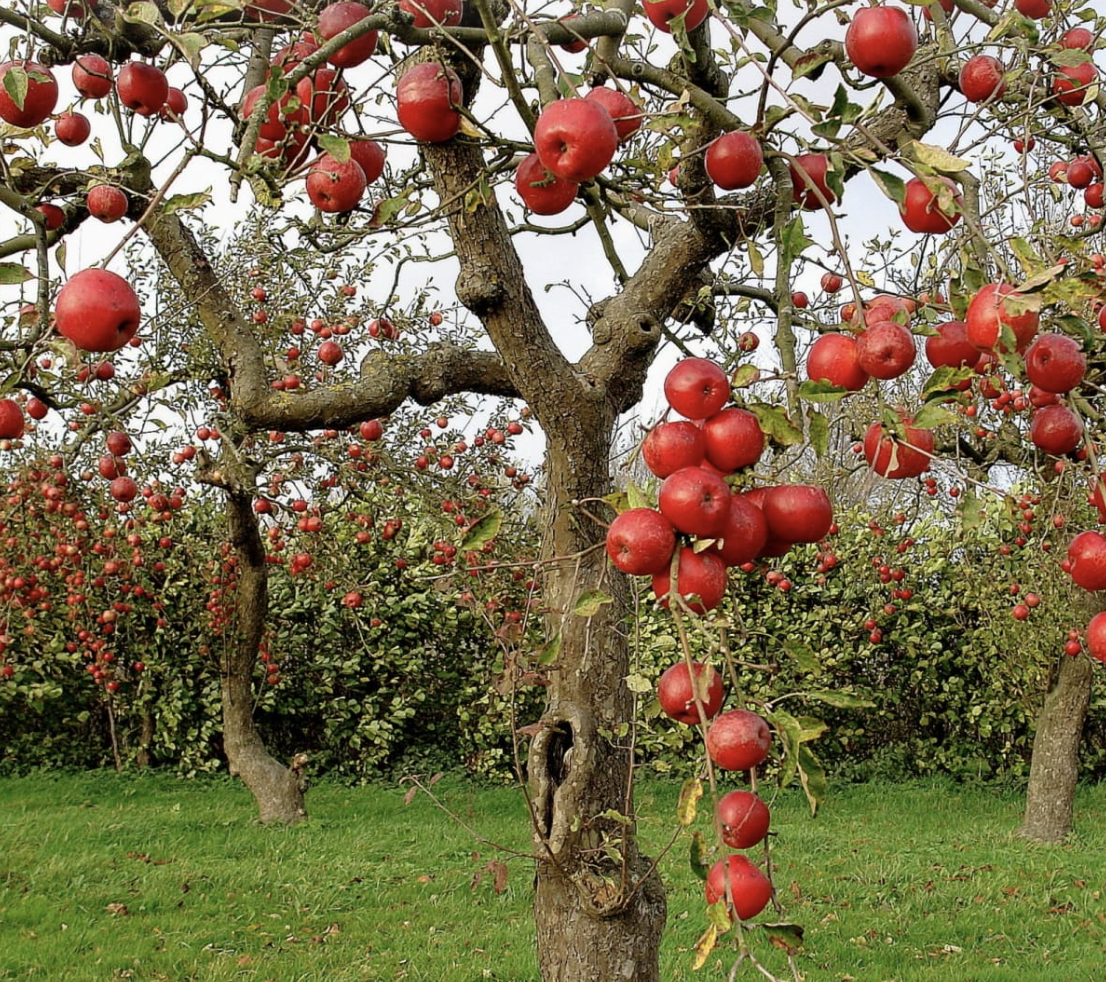Pruning is an essential task for maintaining the health and productivity of fruit trees. Proper pruning helps to shape the tree, improve airflow and sunlight penetration, and remove dead or diseased branches. With the right tools and techniques, you can successfully prune your fruit trees to ensure a bountiful harvest.
Before you begin pruning, it’s important to identify the type of fruit tree you have and understand its growth habits. Different fruit trees require different pruning methods, so it’s crucial to do some research or consult with a local arborist for guidance.
How to Prune Fruit Trees with Pictures
1. Start by removing any dead, diseased, or broken branches. These branches can harbor pests and diseases, so it’s essential to cut them back to healthy wood using sharp pruning shears.
2. Next, thin out the tree by selectively removing crowded or crossing branches. This will improve airflow and sunlight penetration, reducing the risk of fungal diseases and promoting fruit production.
3. Prune back the branches that are growing vertically or downward-facing. Aim to create an open canopy with a balanced shape to encourage fruiting wood and prevent branches from rubbing against each other.
4. Avoid pruning too much at once, as this can stress the tree and inhibit its ability to produce fruit. Instead, spread out the pruning over several years to gradually shape the tree and maintain its health.
5. Lastly, step back and assess the tree’s overall shape and structure. Look for any areas that may need further pruning or shaping to ensure a healthy and productive tree in the future.
By following these simple steps and regularly pruning your fruit trees, you can enjoy a bountiful harvest of delicious fruits year after year. Remember to always use sharp and clean tools, make clean cuts at the correct angle, and prioritize the health and longevity of your trees.
Happy pruning!
